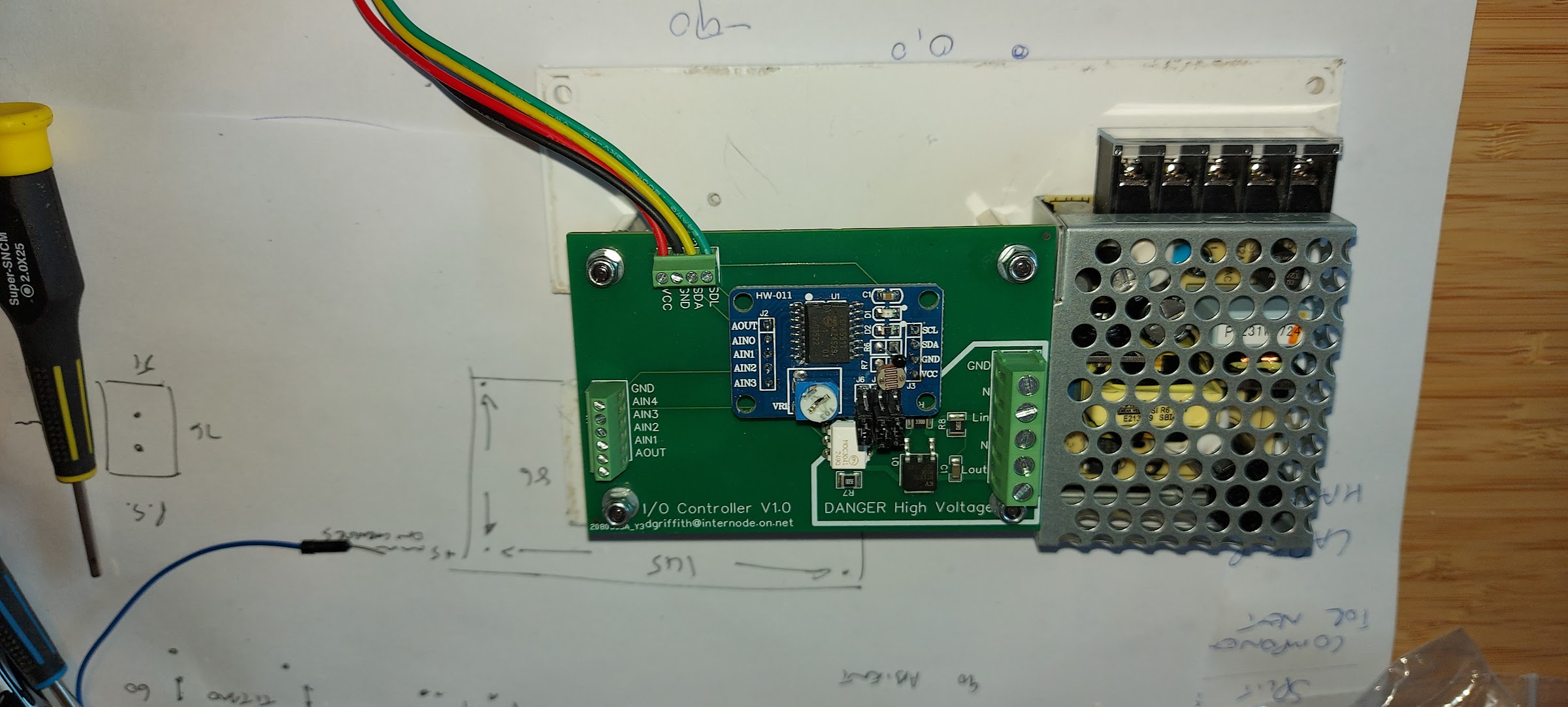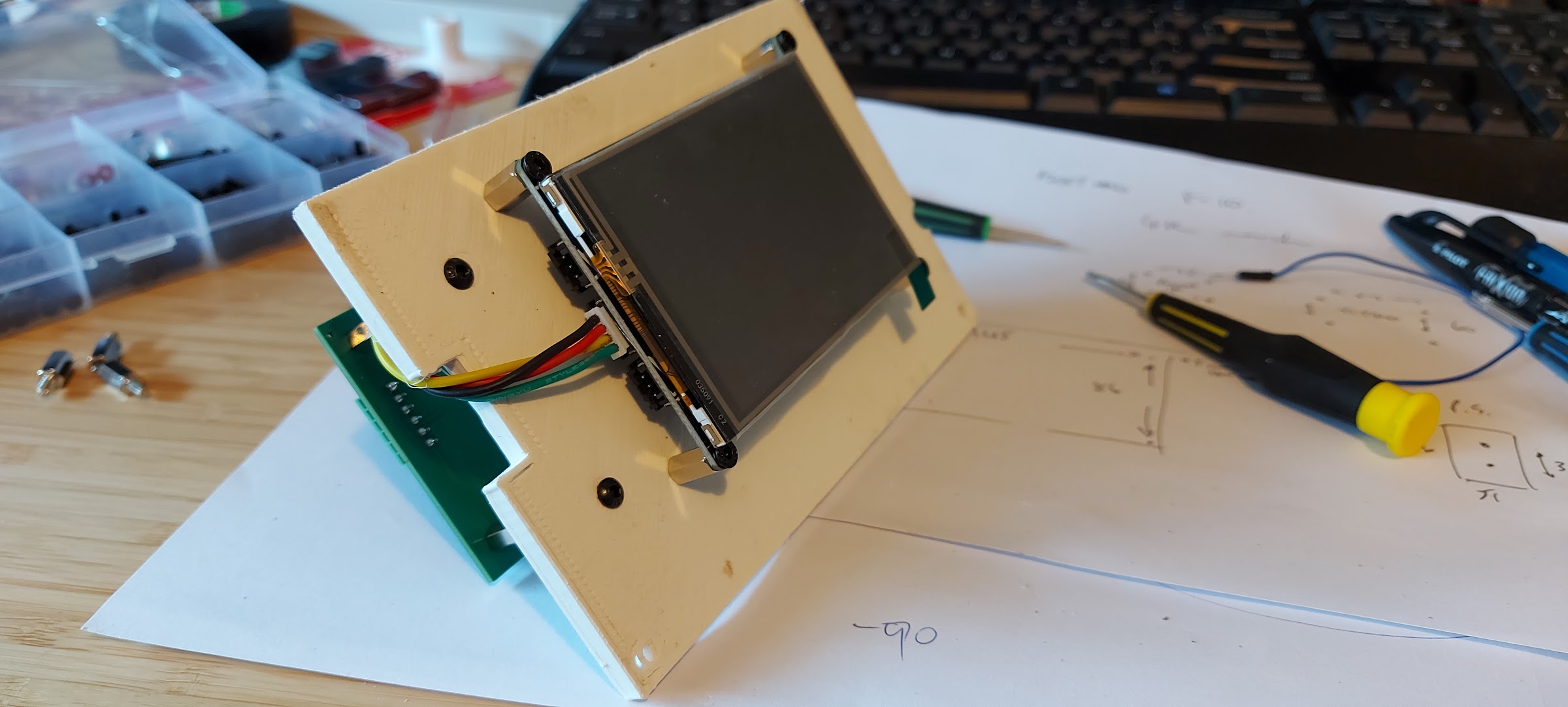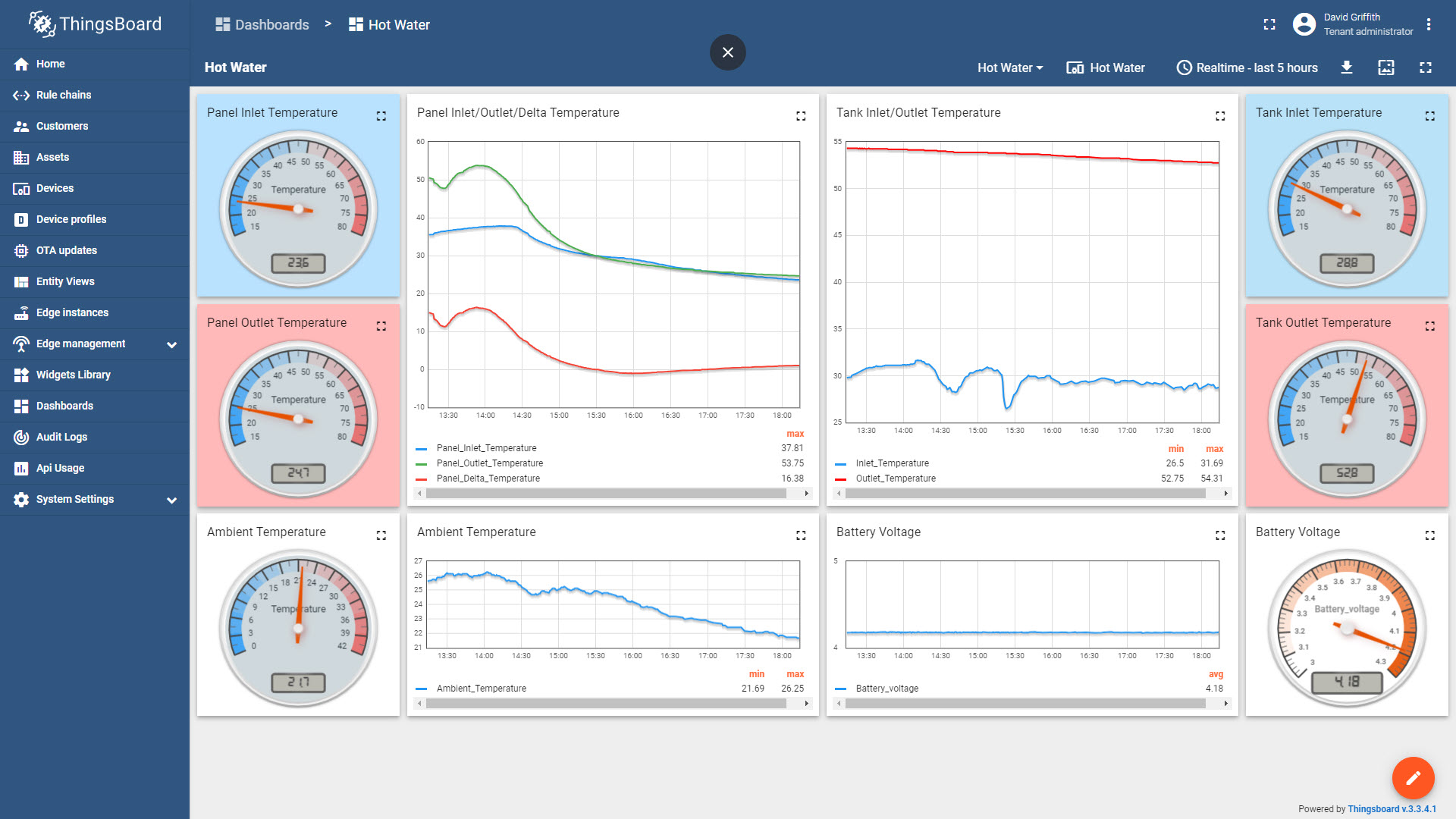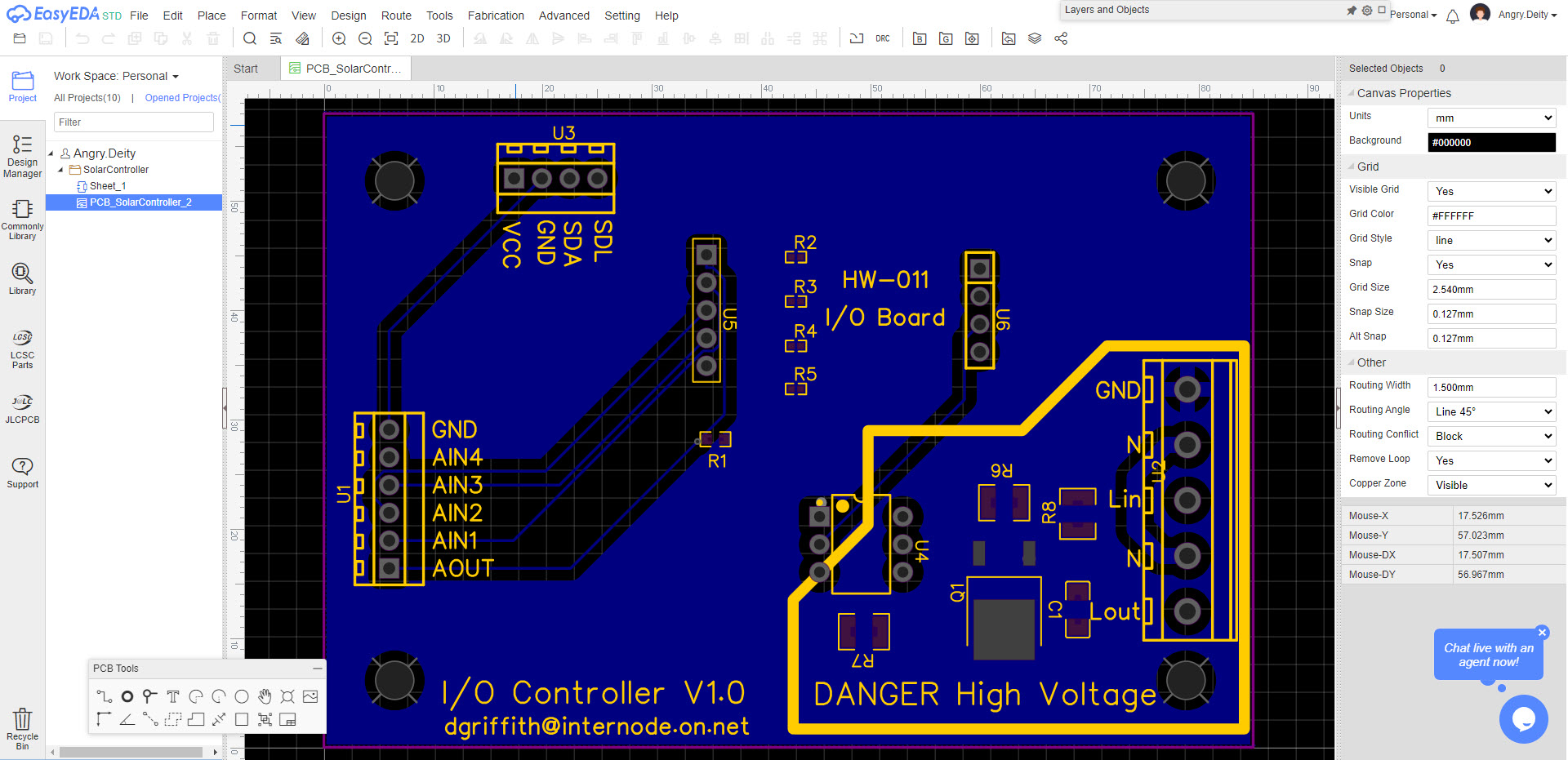As another poster has mentioned, M-Discs are written using a Blu-ray writer and are good for a few hundred years, in theory.
Blu-Ray USB drive and M-Discs is about the best you can get at present. Keep the drive unplugged when not in use, it'll probably last 10-20 years in storage.
Seeing as there hasn't been much advance past Blu-ray, keep an eye out for something useful to replace it in the future, or at least get another drive when you notice them becoming scarce.
90% of users when they are presented with the UAC popup when they do something:
"Yes yes whateverrr"
Never understood why smartphones are so super bright by default.
Because they have to compete with 50k lux outside and then scale to 600 lux indoors, then down to just to a few lux in a darkened room.
Perhaps the brightness slider needs to be more logarithmic so you can slide from 0.001 percent to 100 percent more easily.
I've got photos in Flickr dating from 1999 onwards. Ten thousand or so of them, and a couple of the early ones are now corrupted.
But they are my "other backup" for Google photos so I don't mind too much. I also have a USB Blu-ray drive at home that I use to periodically burn M-Discs that I hand out to a few relatives.
That's about as good as I can conveniently do for backup, and it's probably better than the single-point-of-failure box of negatives that my parents have in their cupboard.
when they're powered down.
There's no periodic cell refresh in flash memory like there is in DRAM. When USB sticks are plugged in, all you are doing is powering up the flash chip and interface ICs.
You'd have to read a block then write it back to actually refresh the stored charges in the cells.
Dammit now I have to reduce the block size of my discord-based cold storage filesystem.
- Replace CMOS battery.
- Get small UPS.
- Discover that small UPS's fail regularly, usually with cooked batteries.
- Add maintenance routine for UPS battery.
- Begin to wonder if this is really worth it when the rest of the house has no power during an outage.
- Get small generator.
- Discover that small generators also need maintenance and exercise.
- Decide to get a whole house battery backup a-la Tesla Powerwall topped off by solar and a dedicated generator.
- Spend 15 years paying this off while wondering if the payback was really worth it, because you can count on one hand the number of extended power outages in that time.
- In the end times a roving band of thugs comes around and kills you and strips your house of valuable technology, leaving your homelab setup behind and - sadly - without power. Your dream of unlimited availability has all been for nought.
Conclusion: just replace the CMOS battery on a yearly basis during planned system downtime.
"Outdated", or "impossible"?
This appears to be more the angle of the person being fed an endless stream of hate on social media and thus becoming radicalised.
What causes them to be fed an endless stream of hate? Algorithms. Who provides those algorithms? Social media companies. Why do they do this? To maintain engagement with their sites so they can make money via advertising.
And so here we are, with sites that see you viewed 65 percent of a stream showing an angry mob, therefore you would like to see more angry mobs in your feed. Is it any wonder that shit like this happens?
Send them a letter via registered mail stating that upon receipt of said letter they waive their right to waive your rights.





There's no guarantee that the software will ever be updated to something that the user finds usable though.
Google could just one day go "meh, we don't think folding displays are where we want to be right now", and - ta-da! - you're left with a folding doorstop and Google's got yet another entry on the "killed by Google" list.